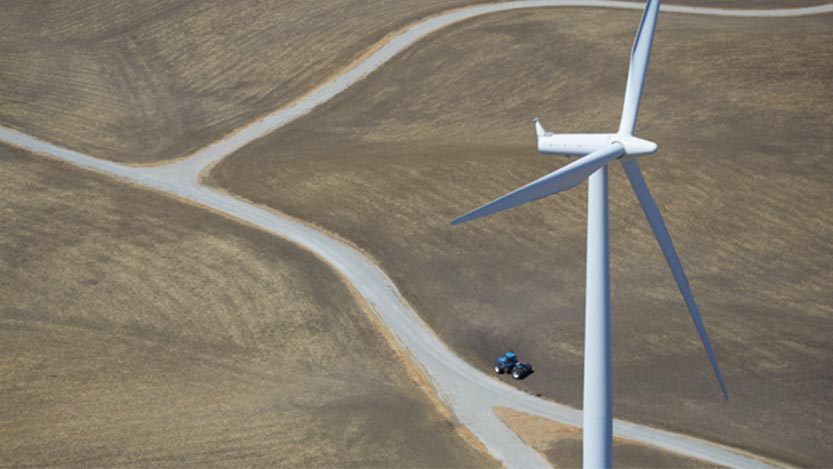Blog post
Adtech: Where are carbon emissions coming from?

The importance of sustainability needs no introduction, both in the media and in our daily lives. From the way we travel, to how we recycle at home, and more recently, to the way we consume digital content.
While advertising and content consumption may seem like an unusual tie to the conversation around sustainability, digital technologies have an impact. With 1.9 billion websites currently in existence and ballooning asset sizes for ads and webpages, nowadays, digital accounts for more carbon emissions than the aviation industry1 —yikes.
Back to the beginning
It can be hard to comprehend how emissions from digital advertising can outweigh an industry like aviation, but it’s a bit like plastic. While one plastic bottle itself isn’t an issue, single-use plastic with no recycling is. Content on the web has grown exponentially since its inception, and today its environmental impact has to be considered.
The sheer volume of global websites that need to be maintained, for example, is huge. As organizations develop, they continuously build new websites and microsites to support changing business needs. New pages are added, but rarely removed. These unused, unneeded content pages often form part of a website that has grown much larger to accommodate all historic new pages. This leads to vast amounts of carbon emissions generated purely by hosting these mega websites through hyperscale data centers.
When looking at a company as a whole, there are three emissions to be determined, commonly referred to as scopes. The first two come from an organization’s day-to-day business activities: The energy to power buildings, offices, and vehicles. The third is generated by a company’s supply chain, often accounting for more than 90% of total carbon waste.2
In digital advertising, it’s the third set of emissions that potentially carries the gravest impact for the planet. These emissions are the result of the vast energy input required to power elements like servers, cloud computing and hosting, content production, and everything else that enables the digital media ecosystem to continue working. In order to become truly "sustainable", an organization must analyze all three scopes together, make the necessary adjustments to reduce unnecessary emissions, and find ways to offset those that can’t be cut.
Education is key
While many organizations in our industry are committing to make positive changes to their supply chains, there’re still many that don’t yet have a plan in place to address their carbon footprint. Education on digital advertising’s true environmental impact will be a key starting point—both for the industry and for consumers at large.
For a consumer, this can start in the office as organizations have a responsibility to educate their employees on how to reduce their day-to-day scope one emissions, such as removing old content from their laptops.
For businesses’ third scope, it’s imperative they partner with companies who can help them reduce their carbon emissions. As for advertisements, marketers should focus on creating sustainable and not disposable content. With every new advert adding more carbon emissions, brands should be thinking about how less is more and ensuring they’re creating memorable, more enduring campaigns that reach a smaller audience but with a message that resonates much more. They can take this to the next level by tracking campaign emissions and seeking to implement learnings for next time.
Everyone in the programmatic supply chain has a role to play, whether it's a publisher prioritizing sustainable solutions, or an advertiser limiting their campaigns’ emissions—working together and continuing to educate others helps everyone do right by our planet.
[1] Lancaster University: Emissions from computing and ICT 2021
[2] Plan A: What are Scopes 1, 2, and 3 of Carbon Emissions 2022
Your input makes us better
Take our quick 3-minute survey and help us transform your website experience.




